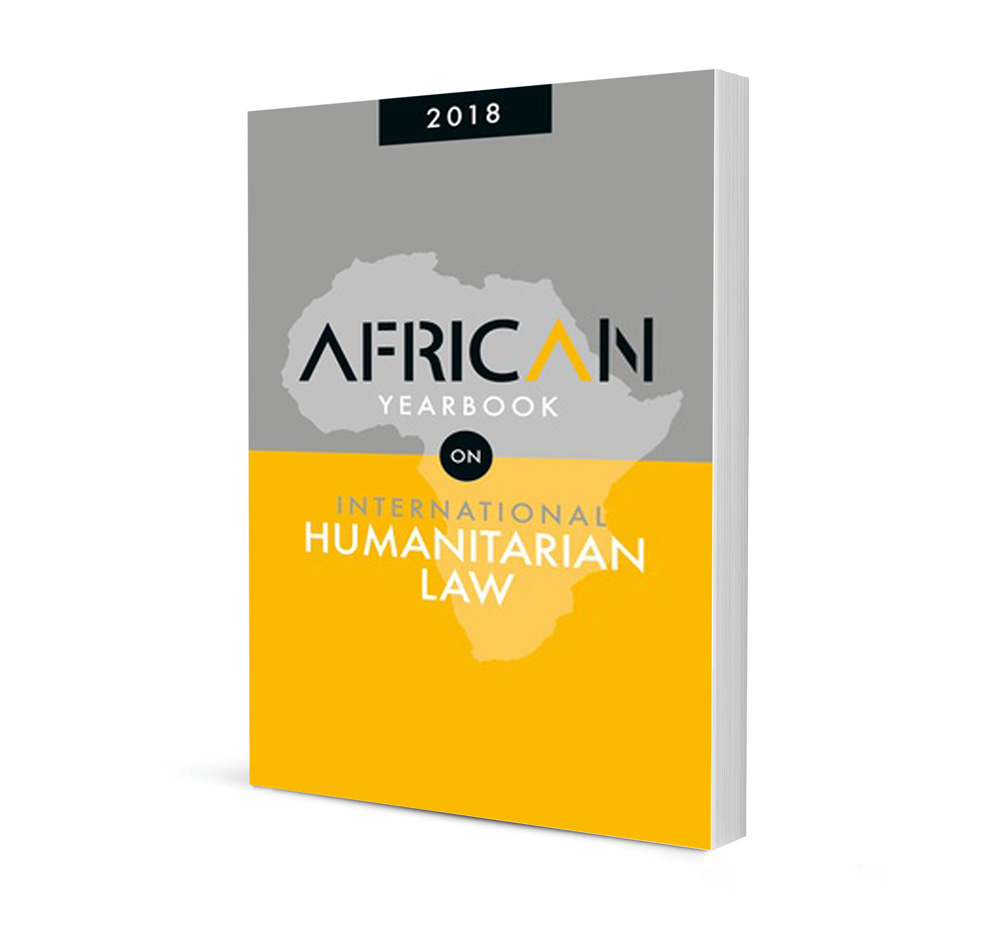
The Innocent Civilian, the Mandated Soldier and the Unlawful Fighter: A Re-Evaluation of the ‘Direct Participation in Hostilities’ Dilemma
Authors Arthur van Coller
ISSN: 2521-2621
Affiliations: Associate Professor, Nelson R Mandela School of Law, University of Fort Hare
Source: African Yearbook on International Humanitarian Law, 2016, p. 65 – 84
Abstract
The Law of Armed Conflict (‘the LOAC’) incorporates terms and concepts that, on initial scrutiny, appear uncomplicated. However, the meaning and practical application of several concepts within the LOAC have often proven to be highly ambiguous and contested. The notion of ‘Civilian Direct Participation in Hostilities’ (‘C-DPH’), found, arguably, in Common Article 3 of the Geneva Conventions of 1949 and explicitly in Additional Protocol I of 1977, Article 51(3), and Additional Protocol II of 1977, Article 13(3), represents one such contested concept. C-DPH is a cornerstone concept in the LOAC and has attained the status of customary international law. On a conceptual level, civilians should be protected from intentional attack unless, and ‘for such time’, as they ‘directly participate in hostilities’. However, no definition of C-DPH or an indication of the actions that amount to C-DPH exist in the Geneva Conventions or in the Additional Protocols, despite the serious practical and legal consequences that may result from such participation. It is therefore imperative to establish a universal, comprehensive and practical definition of C-DPH.